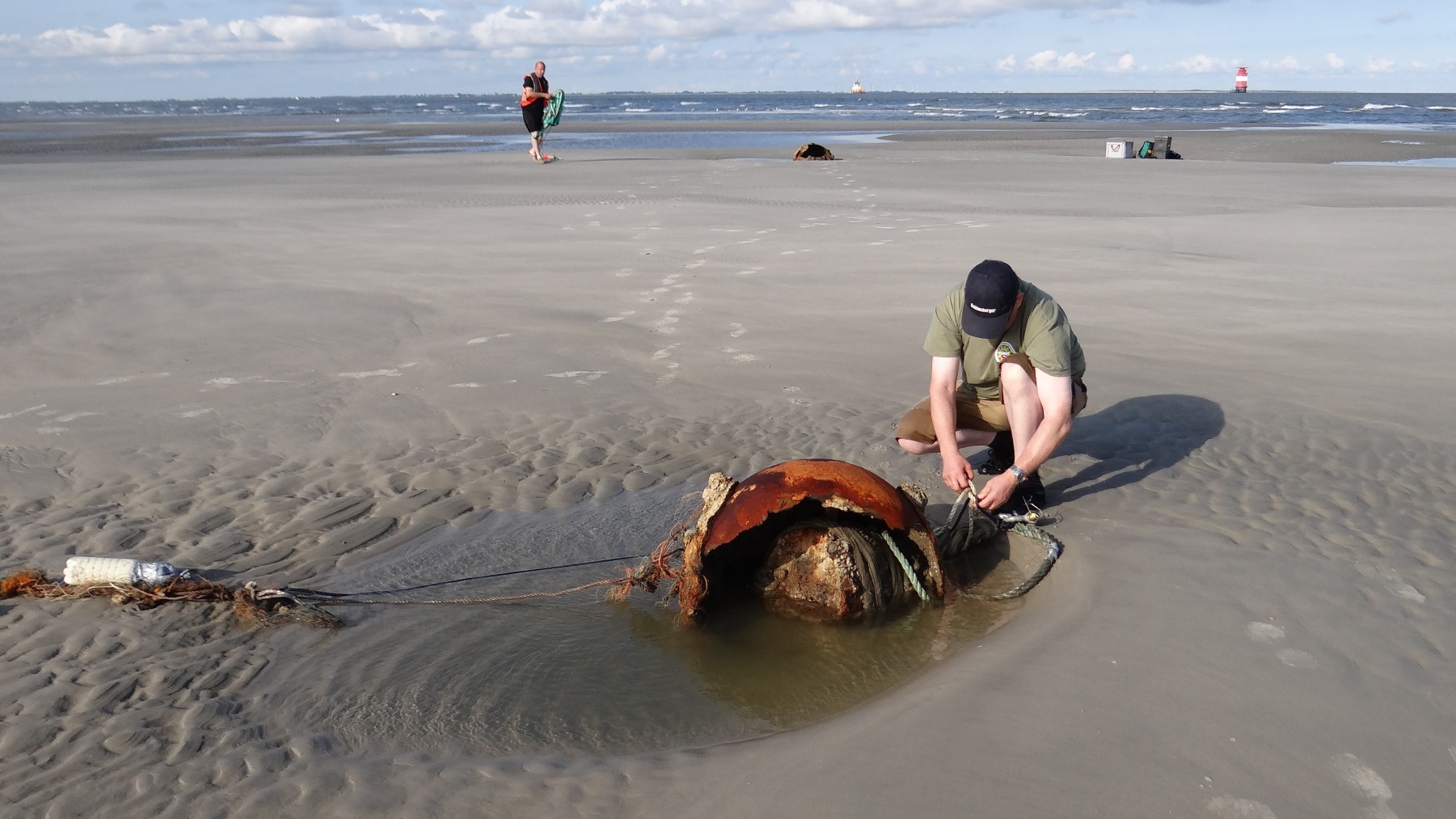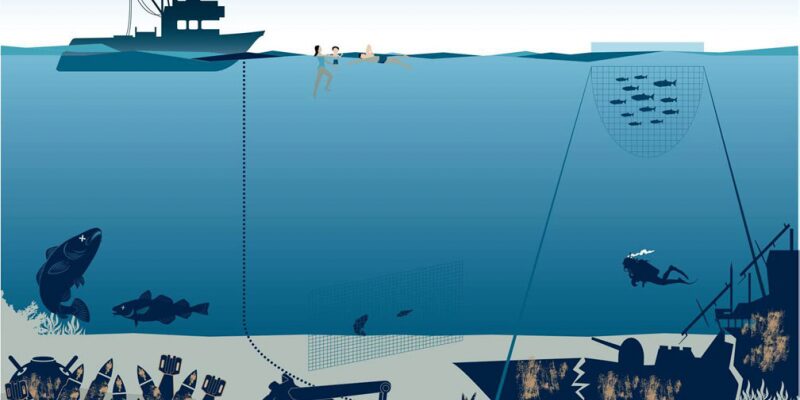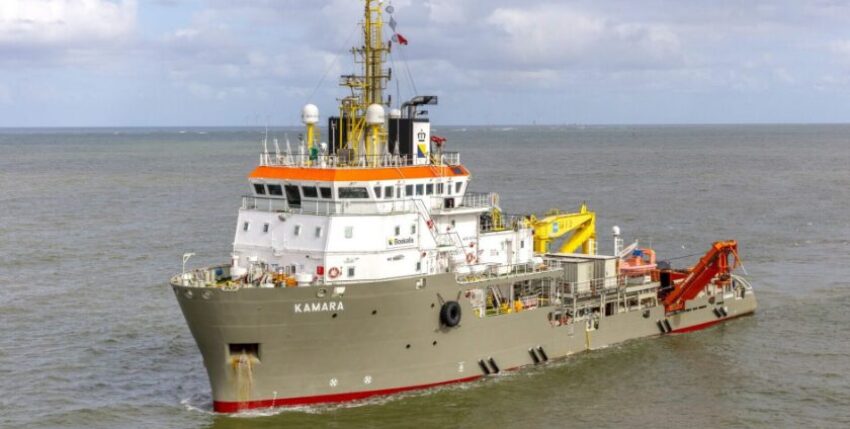Do you know the abbreviation UXO? The abbreviation stands for "Unexploded Ordnance", unexploded munitions, also known colloquially as duds. This usually refers to unexploded ordnance, such as rockets, grenades or bombs that have not or not completely exploded after launching or dropping.
Around 1.6 million tonnes of conventional munitions and around 5,000 tonnes of chemical warfare agents are stored in the German North Sea and Baltic Sea, which were dumped during military operations during or after the Second World War. These decades-old explosives always pose a serious danger. In general, they are defused and salvaged by the Explosive Ordnance Disposal Services (KRD) if they pose a threat to shipping and then sent to Germany's only disposal facility for chemical warfare agents and old armaments in Munster for destruction.

It is a frequently underestimated, often invisible but important reason to complete the search for unexploded ordnance before the start of construction of offshore wind farms and the associated cable routes. The Dutch company Boskalis, a global company with more than 100 years of specialised experience in hydraulic engineering, coastal protection and land reclamation, has done just that for the development of an offshore wind farm in the Baltic Sea. Its specialised vessel "Kamara" was used to detect, investigate and, where necessary, remove potential unexploded ordnance. Together with another ship and using a remote-controlled diving robot and divers, more than 770 objects were examined on the future cable route.

Most of them were categorised as harmless. A total of 25 unexploded bombs were safely recovered on deck and handed over to the German authorities for controlled destruction ashore. However, one rocket projectile found proved to be so unsafe that it had to be detonated under water as the last remaining option. The blasting was carried out in compliance with the strict environmental regulations that apply in German waters. In addition to the usual acoustic measures designed to keep marine life well away from the blast site, additional measures such as a double "bubble curtain" and other extensive noise reduction and monitoring measures were used to minimise the impact on marine life during the blast.

The Fraunhofer Institute is also currently working with salvage companies to develop a floating robotic system that will enable semi-automatic disposal. The removal of waste is dangerous, time-consuming and expensive. Initial tests are soon to begin with the newly designed prototype of an unmanned, video-controlled collection device for ammunition, the "Robotic Underwater Salvage and Disposal Method including Technology for the Delaboration of Ammunition in the Sea", or RoBEMM for short, in order to replace the currently dangerous diving operations and the blasting of the ammunition on site, which is often without alternative.
However, as is so often the case in Germany, the financing of this development still needs to be clarified.
Source: SWZ|Maritime, Federal Environment Agency, Fraunhofer Institute, FFI (Forsvarets forskingsinstitutt - the Norwegian Defence Research Establishment)








